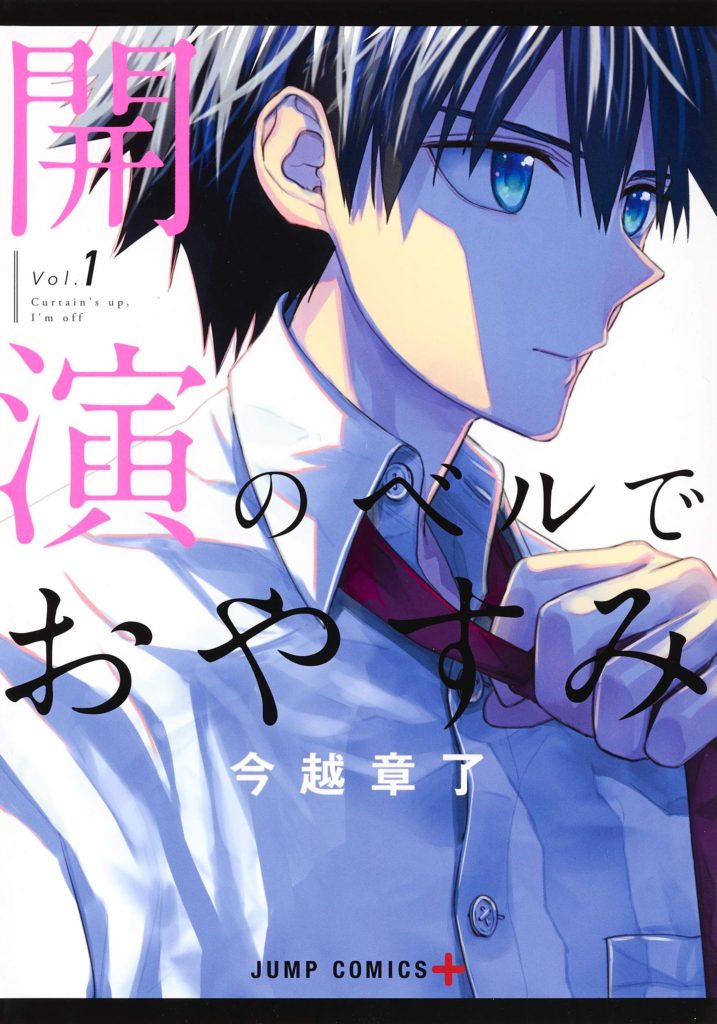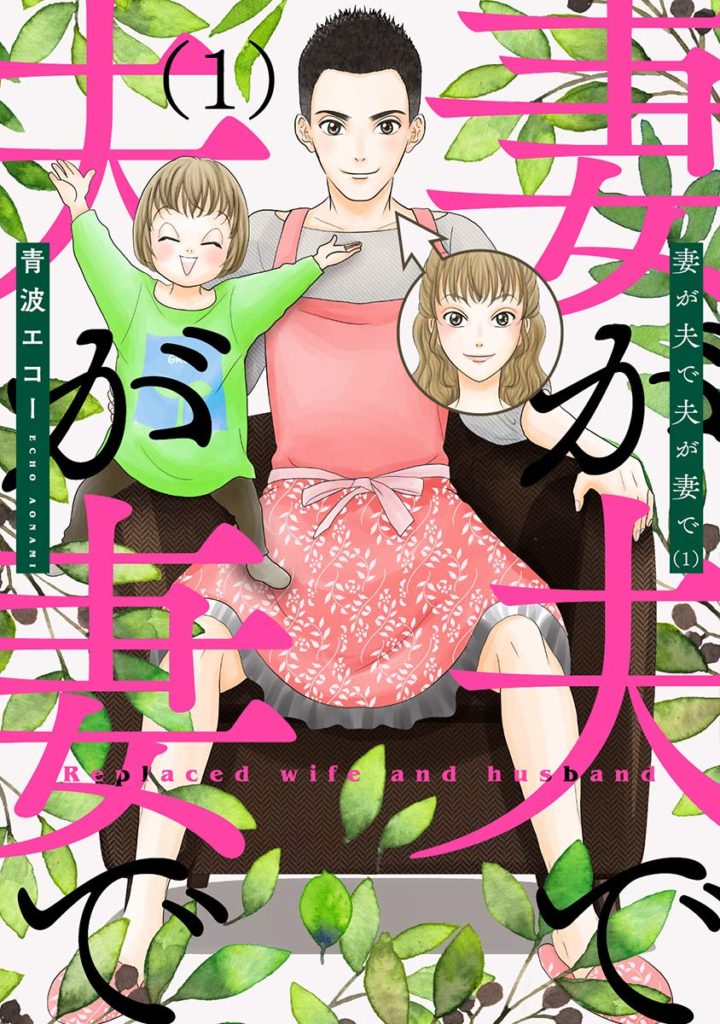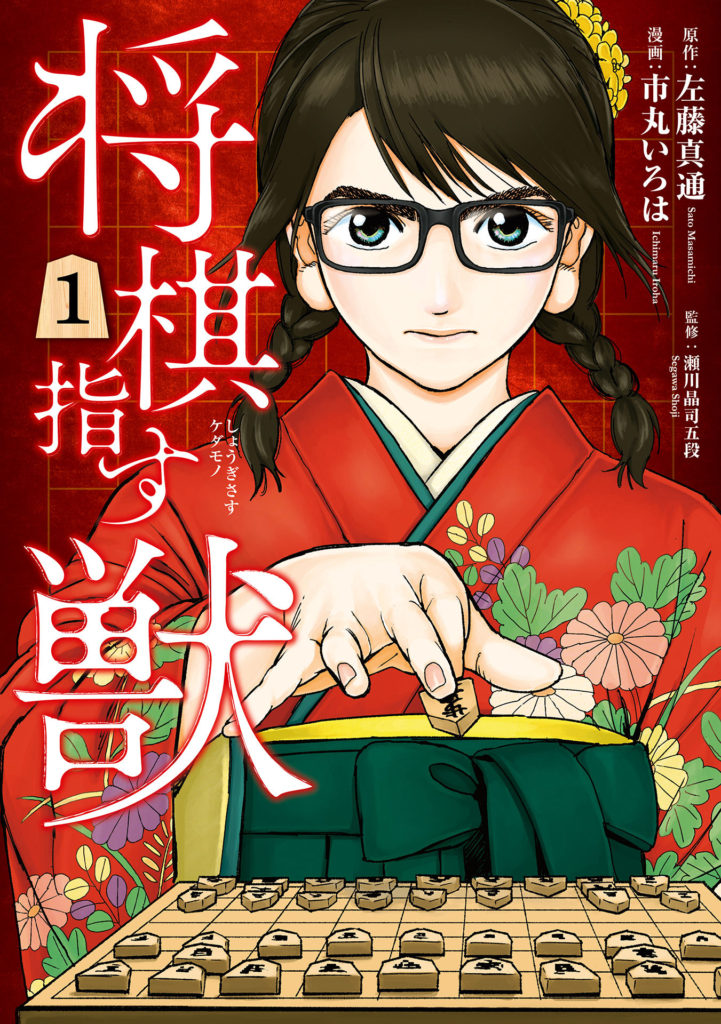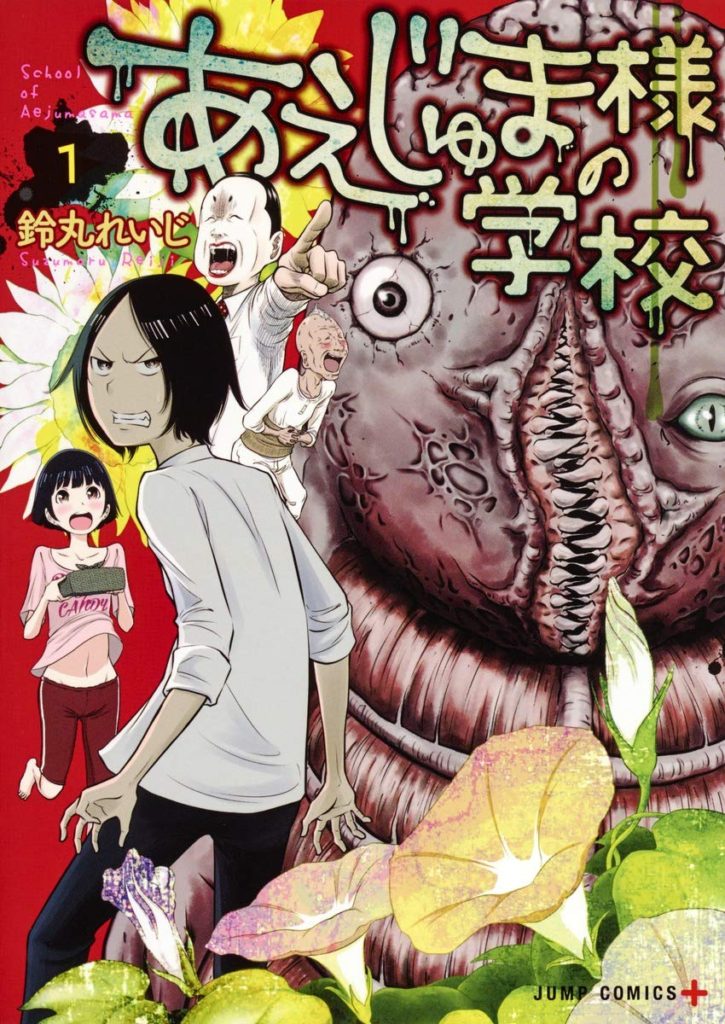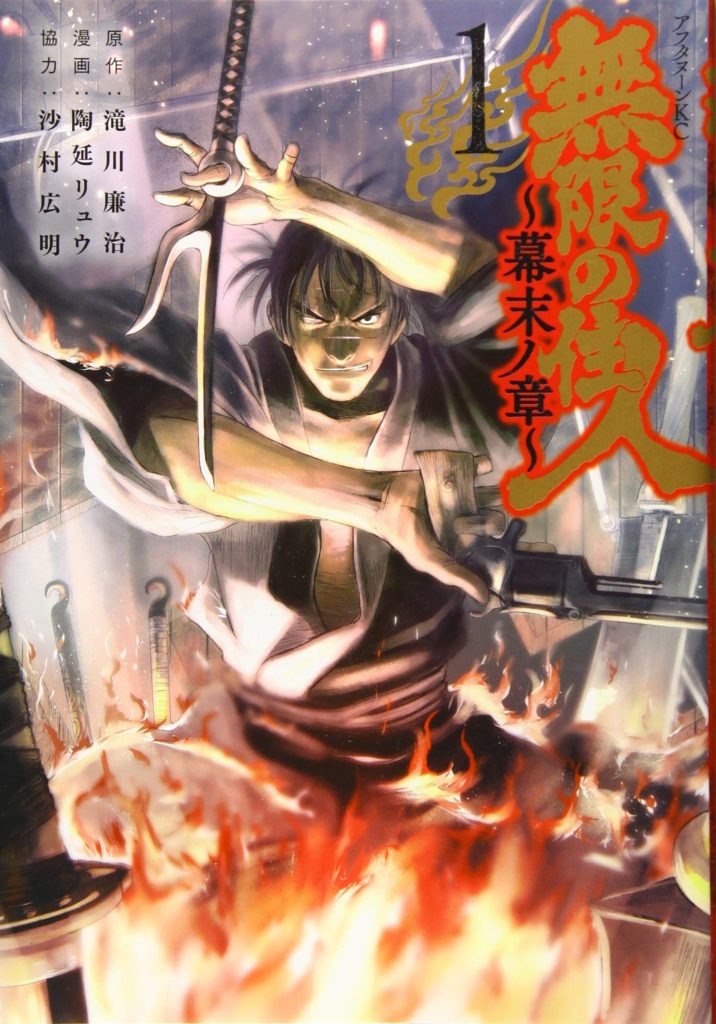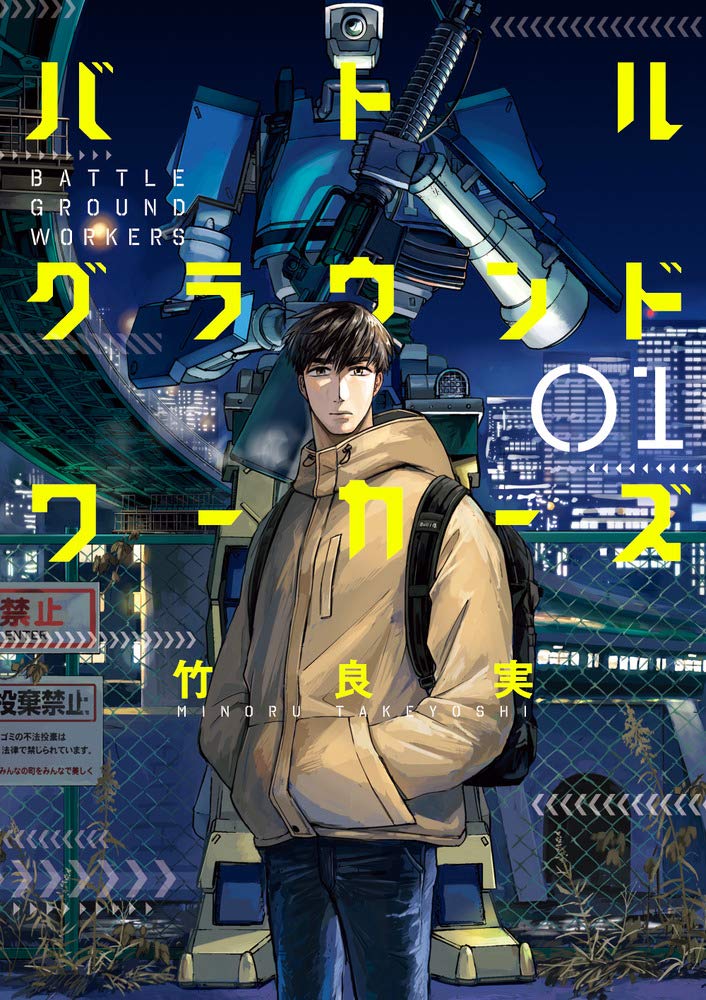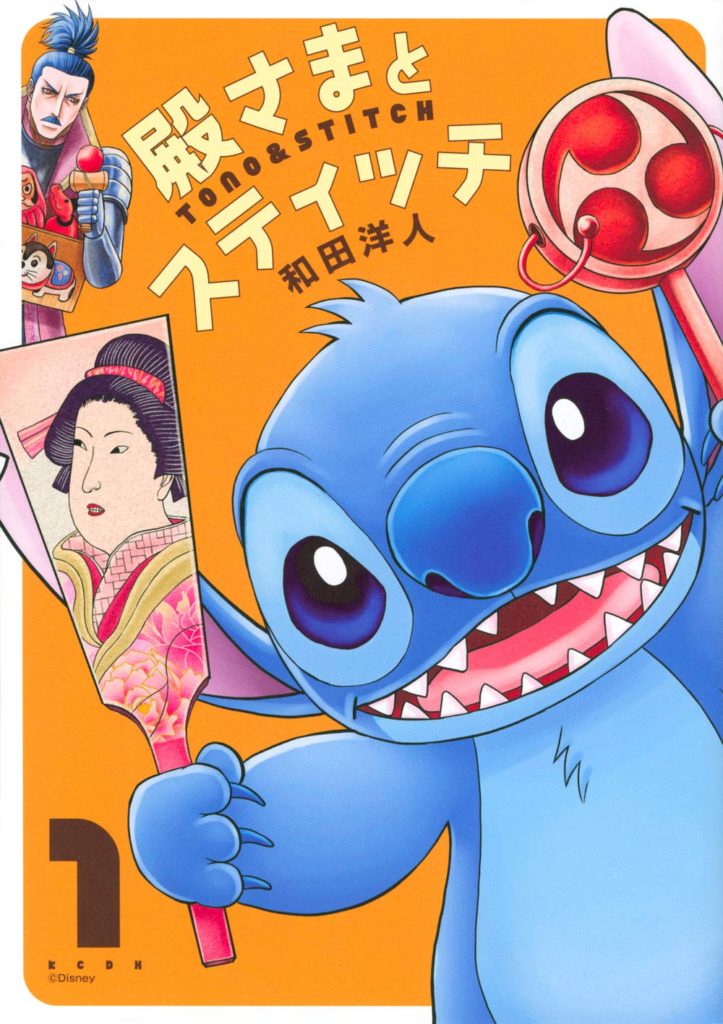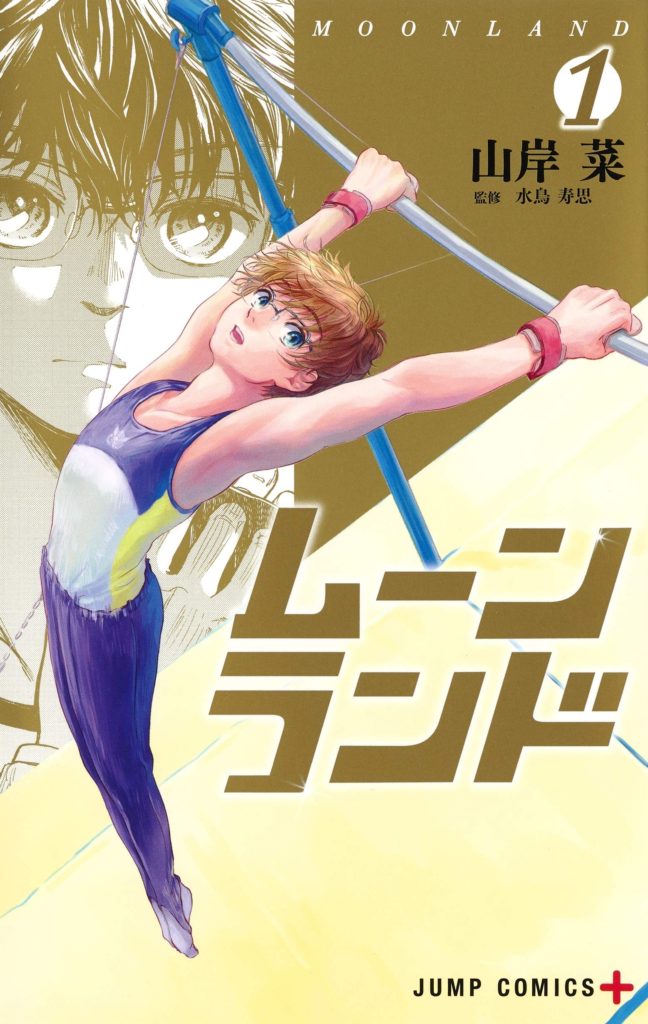Bimyou ni Yasashii Ijimekko
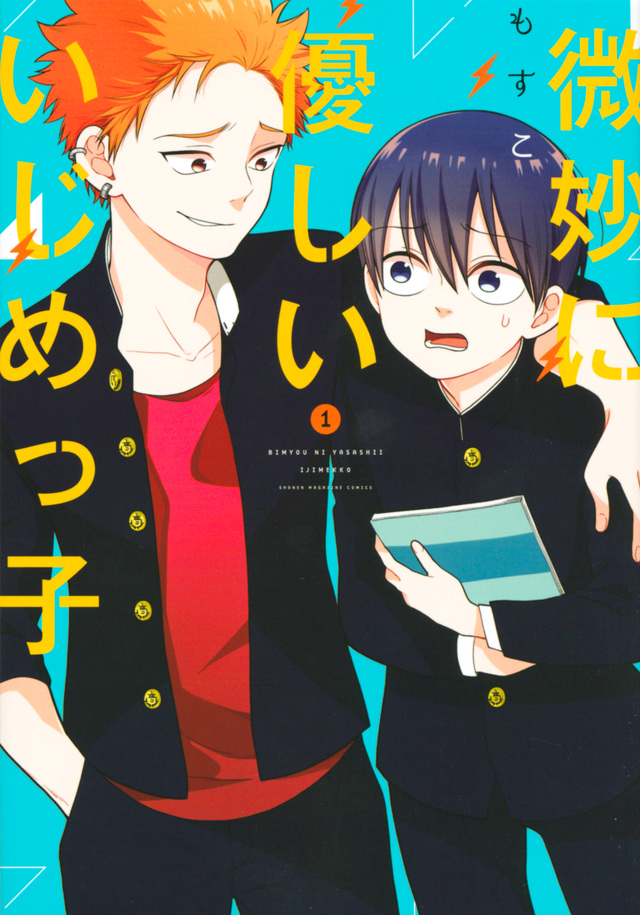
A comedy manga about a bully who is subtly kind.
I like this manga! On the surface bully Kizaki looks like he’s punishing his victim Tamura but it’s never truly punishing. Kizaki will make Tamura go buy him something but he gives Tamura extra money so he’ll have enough and sets the time limit at a reasonable pace. When Kizaki is grumpy and calls out Tamura after school it’s just to go to karaoke and hangout. It’s all very wholesome and nice. Eventually their relationship grows to the point where Kizaki acknowledges their friendship. I really appreciate creator Mosuko for taking the overdone topic of bullying and making a nice story about a tsundere delinquent instead.
~dakazu

